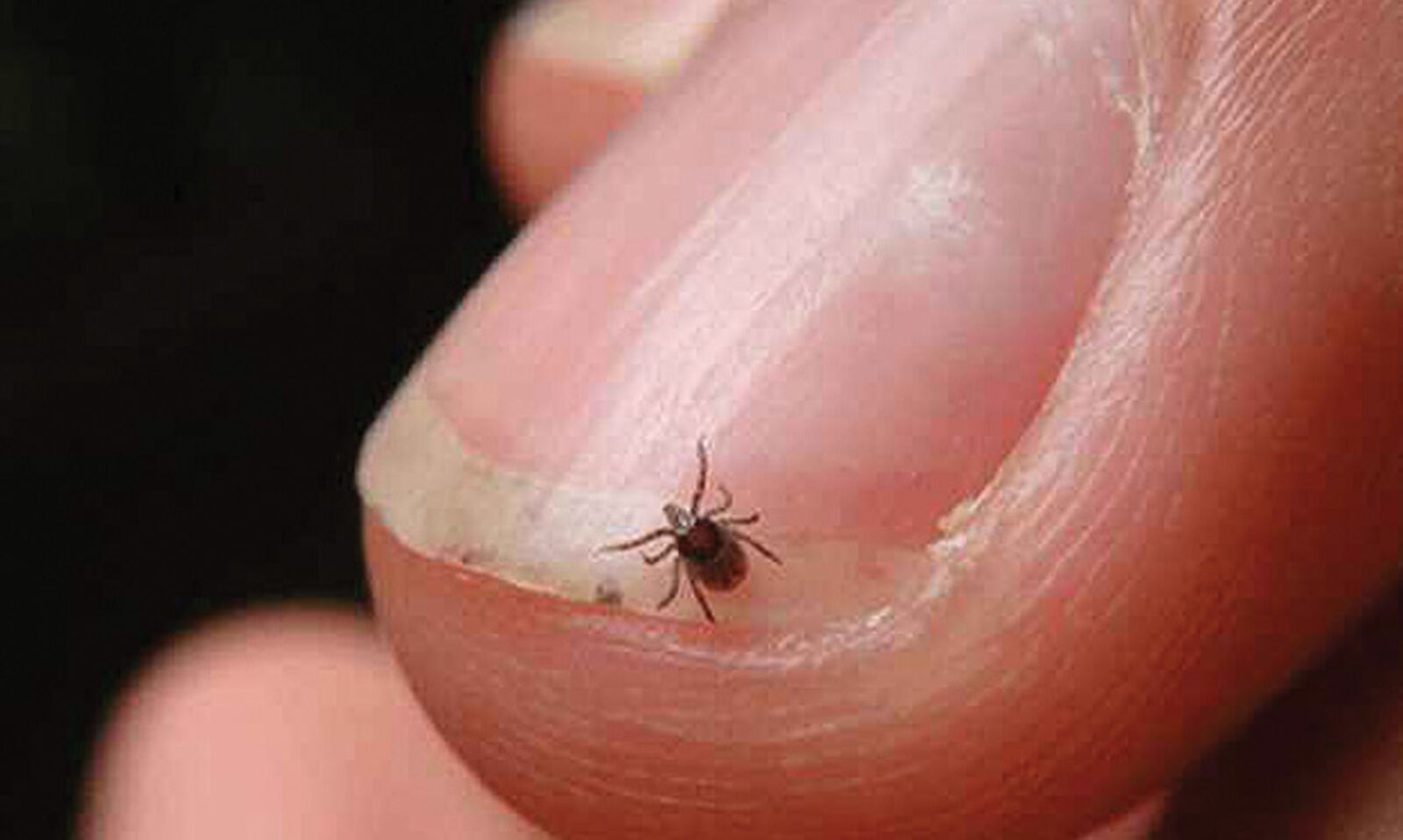Medical News, Scrub Typhus
What is Scrub Typhus? Is it really life threatening?
Scrub Typhus is a life-threatening infectious disease and its symptoms are similar to those of many other diseases making it difficult to distinguish and diagnose. If you have such symptoms, consult a doctor and tell the doctor if you go to a place where there is an outbreak of this disease.

Overview
While there are several infectious diseases, some of which can be more severe than the others, a new outbreak of infection has been reported from Coochbehar district in West Bengal. News of Scrub Typhus. But what is this disease?
What is Scrub Typhus?
Scrub typhus, also known as bush typhus, is a disease caused by a bacteria called Orientia tsutsugamushi. Scrub typhus is spread to people through bites of infected chiggers (larval mites). The most common symptoms of scrub typhus include fever, headache, body aches, and sometimes rash. Most cases of scrub typhus occur in rural areas of Southeast Asia, Indonesia, China, Japan, India, and northern Australia. Anyone living in or travelling to areas where scrub typhus is found could get infected.
Signs and Symptoms of Scrub Typhus
Symptoms of scrub typhus usually begin within 10 days of being bitten. Signs and symptoms may include:
- Fever and chills
- Headache
- Body aches and muscle pain
- A dark, scab-like region at the site of the chigger bite (also known as eschar)
- Mental changes, ranging from confusion to coma
- Enlarged lymph nodes
- Rash
People with severe illness may develop organ failure and bleeding, which can be fatal if left untreated.
Diagnosis and Testing of Srub Typhus
- The symptoms of scrub typhus are similar to symptoms of many other diseases. See your healthcare provider if you develop the symptoms listed above after spending time in areas where scrub typhus is found.
- If you have recently travelled, tell your healthcare provider where and when you travelled.
- Your healthcare provider may order blood tests to look for scrub typhus or other diseases.
- Laboratory testing and reporting of results can take several weeks, so your healthcare provider may start treatment before results are available.
Treatment of Scrub Typhus
- Scrub typhus should be treated with the antibiotic doxycycline. Doxycycline can be used in persons of any age.
- Antibiotics are most effective if given soon after symptoms begin.
- People who are treated early with doxycycline usually recover quickly.
Complications of Scrub Typhus
Complication associated with scrub typhus is not uncommon and sometimes proved to be fatal. Common complications associated with scrub typhus are acute kidney injury, hepatitis, acute respiratory distress syndrome (ARDS), meningoencephalitis, myocarditis, and septic shock. Though effective treatment in the form of doxycycline and azithromycin is available a large number of patients develop complication with high mortality mostly because of delay in the diagnosis and late initiation of specific treatment. The public health importance of this disease is underestimated because of difficulties with clinical diagnosis and lack of laboratory methods in many areas.
Hence, if you have symptoms or are travelling to any region with the disease outbreak it is important to consult a doctor as soon as possible.
Prevention of Scrub Typhus
- No vaccine is available to prevent scrub typhus.
- Reduce your risk of getting scrub typhus by avoiding contact with infected chiggers.
- When travelling to areas where scrub typhus is common, avoid areas with lots of vegetation and brush where chiggers may be found.
If you will be spending time outdoors:
-
Use medically approved insect repellents containing DEET or other active ingredients registered for use against chiggers, on exposed skin and clothing.
- Always follow product instructions.
- Reapply insect repellent as directed.
- Do not spray repellent on the skin under clothing.
- If you are also using sunscreen, apply sunscreen before applying insect repellent.
-
If you have a baby or child:
- Dress your child in clothing that covers arms and legs, or cover crib, stroller, and baby carrier with mosquito netting.
- Do not apply insect repellent onto a child’s hands, eyes, or mouth or on cuts or irritated skin.
- Adults should spray insect repellent onto their hands and then apply to the child's face.
-
Treat clothing and gear with 0.5% permethrin or purchase permethrin-treated items.
- Permethrin kills chiggers and can be used to treat boots, clothing, and camping gear.
- Treated clothing remains protective after multiple washings. See product information to learn how long the protection will last.
- If treating items yourself, follow the product instructions carefully.
- Do NOT use permethrin products directly on skin. They are intended to treat clothing only.
Reference
- https://www.japi.org/q2a4c434/clinical-manifestations-and-complications-of-scrub-typhus-a-hospital-based-study-from-north-andhra
- https://www.cdc.gov/typhus/scrub/index.html
- https://www.ncbi.nlm.nih.gov/pmc/articles/PMC5618834/
- https://emedicine.medscape.com/article/971797-overview
- https://www.ncbi.nlm.nih.gov/pmc/articles/PMC3741252/





































































































